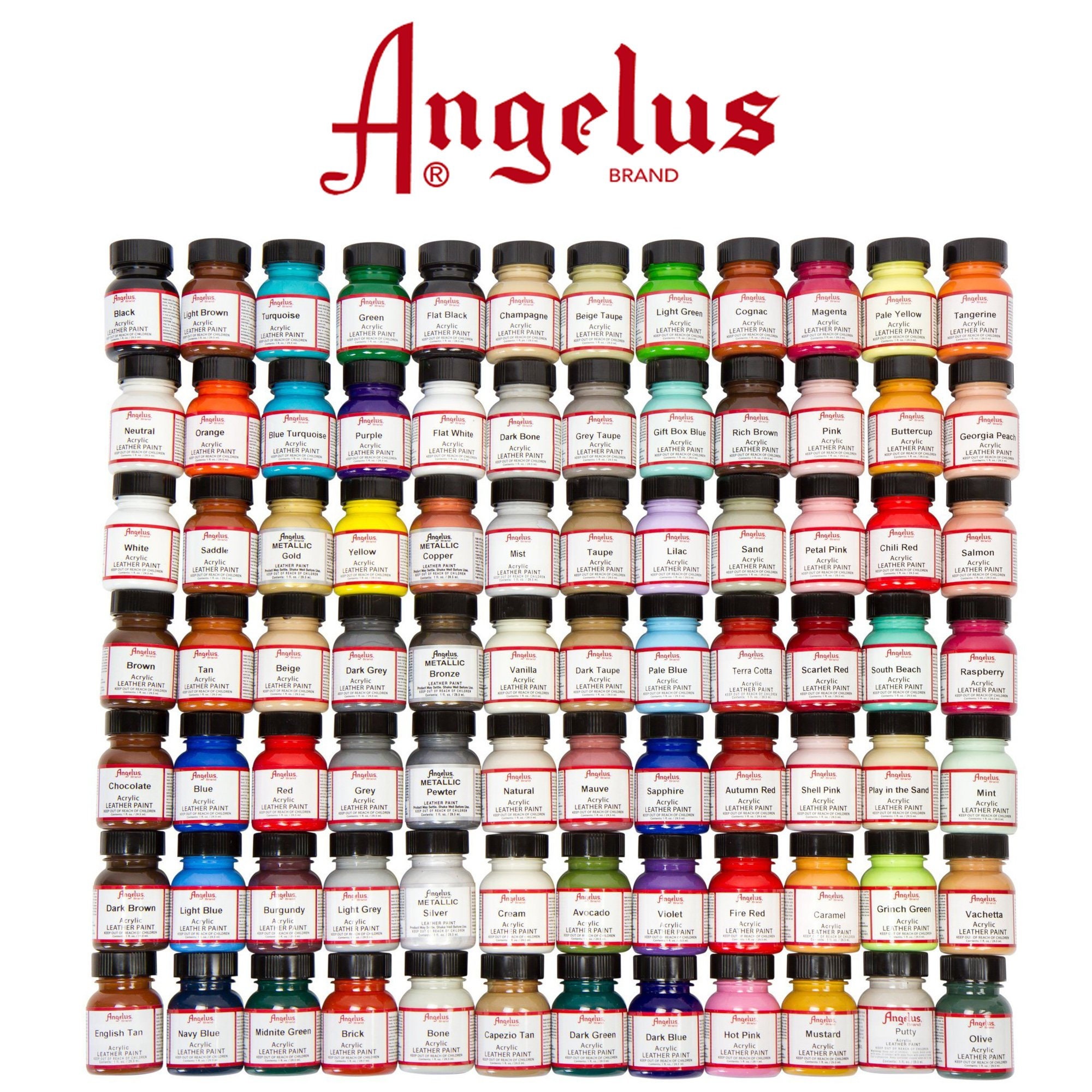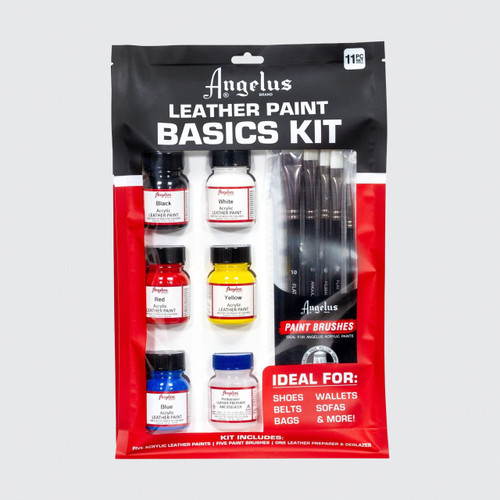Acrylic leather paint has become a creative tool for many shoe enthusiasts looking to customize their footwear. Whether you’re an artist, sneakerhead, or just someone wanting to breathe new life into old shoes, understanding how to use acrylic leather paint can be incredibly rewarding. This comprehensive guide will explore everything you need to know about acrylic leather paint for shoes, from its benefits and applications to detailed comparisons of different brands, techniques, and much more!
What is Acrylic Leather Paint?
Acrylic leather paint is a specialized paint designed specifically for use on leather and synthetic leather surfaces. Unlike regular acrylic paint, this type of paint is formulated to adhere to leather materials while remaining flexible and durable. It is often used for customizing shoes, jackets, bags, and other leather items.
The Benefits of Using Acrylic Leather Paint for Shoes
- Versatility: Acrylic leather paint can be used on various shoe materials, including genuine leather, faux leather, and canvas.
- Durability: Once cured, acrylic leather paint is resistant to scuffing, fading, and cracking.
- Customizable: A vast array of colors and finishes are available, allowing for endless creative possibilities.
- Easy to Use: The application process is straightforward, making it accessible for beginners.
- Non-toxic Options: Many brands offer non-toxic, eco-friendly paints.

Popular Brands of Acrylic Leather Paint for Shoes
1. Angelus Leather Paint
Angelus is one of the most recognized brands in the leather paint industry, known for its high-quality formulations that adhere effectively to a range of leather surfaces.

2. Tulip Soft Fabric Paint
Tulip’s soft fabric paint is another excellent choice, offering flexibility and a wide range of colors that bond well with leather.
3. DecoArt Acrylic Paint
DecoArt offers a selection of paints suitable for leather, known for their pigment strength and covering power.

Comparison Table of Leading Acrylic Leather Paint Brands
| Brand | Durability | Color Range | Flexibility | Price Range |
|---|---|---|---|---|
| Angelus | High | Wide | Excellent | $5 – $10 per bottle |
| Tulip Soft | Medium | Good | Very Good | $3 – $7 per bottle |
| DecoArt | Medium | Moderate | Good | $4 – $8 per bottle |

Step-by-Step Guide to Applying Acrylic Leather Paint to Shoes
Materials Needed
- Acrylic leather paint
- Paintbrushes or sponge brushes
- Acetone or leather preparer
- Masking tape
- Cotton swabs
- Clear acrylic sealer (optional)

Preparation Steps
- Clean your shoes thoroughly to remove dirt and oils.
- Use masking tape to protect areas you don’t want to paint.
- If necessary, sand the leather lightly to create a better bonding surface.
Application Process
- Shake the paint well before use.
- Apply the first coat using a brush or sponge. Thin coats are recommended for a smooth finish.
- Allow the first coat to dry completely (typically 1-2 hours).
- Apply additional coats as needed for desired color intensity, allowing drying time between each coat.
- Once finished, consider applying a clear acrylic sealer for added protection.

Tips for Achieving the Best Results
- Work in a well-ventilated area: Ensure good airflow to avoid inhaling fumes.
- Test on a small area: Always test your technique and color choice on a discreet part of the shoe first.
- Use high-quality brushes: Invest in good brushes for better control and finish.
- Be patient: Take your time with each coat for the best results.

Common Mistakes to Avoid
- Skipping the prep work: Skipping cleaning and conditioning can lead to poor paint adhesion.
- Applying thick coats: Thick applications can crack; thin layers are key to longevity.
- Ignoring drying times: Ensure each layer dries fully before applying the next.

Pros and Cons of Acrylic Leather Paint vs. Other Methods
Pros
- Customizable and vibrant color options.
- Durable and long-lasting compared to markers or spray paints.
- Available in various finishes, including matte and gloss.
Cons
- Requires time for preparation and layering.
- Mistakes can be hard to fix if not addressed early on.
Acrylic Leather Paint and Local Culture
In various urban settings in the USA, customizing shoes with acrylic leather paint has transcended a mere hobby to become a form of artistic expression. Cities like New York, Los Angeles, and Atlanta have vibrant sneaker culture scenes, where artists showcase their work at local markets and exhibitions. This DIY spirit not only empowers individuals to stand out with personalized fashion but also fosters community through shared creativity.
Frequently Asked Questions
1. Is acrylic leather paint waterproof?
Acrylic leather paint is water-resistant once cured, but it’s recommended to avoid heavy exposure to water to maintain its appearance.
2. Can I use acrylic paint instead of acrylic leather paint on shoes?
No, regular acrylic paint lacks the flexibility and adhesion properties needed for leather, which may lead to cracking or peeling.
3. How long does acrylic leather paint take to dry?
Most acrylic leather paints dry to the touch in 1-2 hours, but it’s best to let them cure for at least 24 hours for optimal durability.
4. Do I need to seal acrylic leather paint?
While not mandatory, sealing can provide additional protection against scuffs and fading, especially for shoes that will be worn frequently.
Further Reading and Resources
For more detailed information about acrylic paints and their application, consider exploring the following resources:
- Leather Painting Techniques (PDF)
- Leather Care Recommendations (PDF)
- Research on Leather Painting (PDF)
Conclusion
Acrylic leather paint presents a fantastic opportunity for creativity and self-expression through shoe customization. With the right materials, techniques, and a bit of patience, you can transform your footwear into a unique piece of art that reflects your style. Whether you’re planning to refresh a pair of old sneakers or create a one-of-a-kind design, the world of acrylic leather paint is yours to explore!